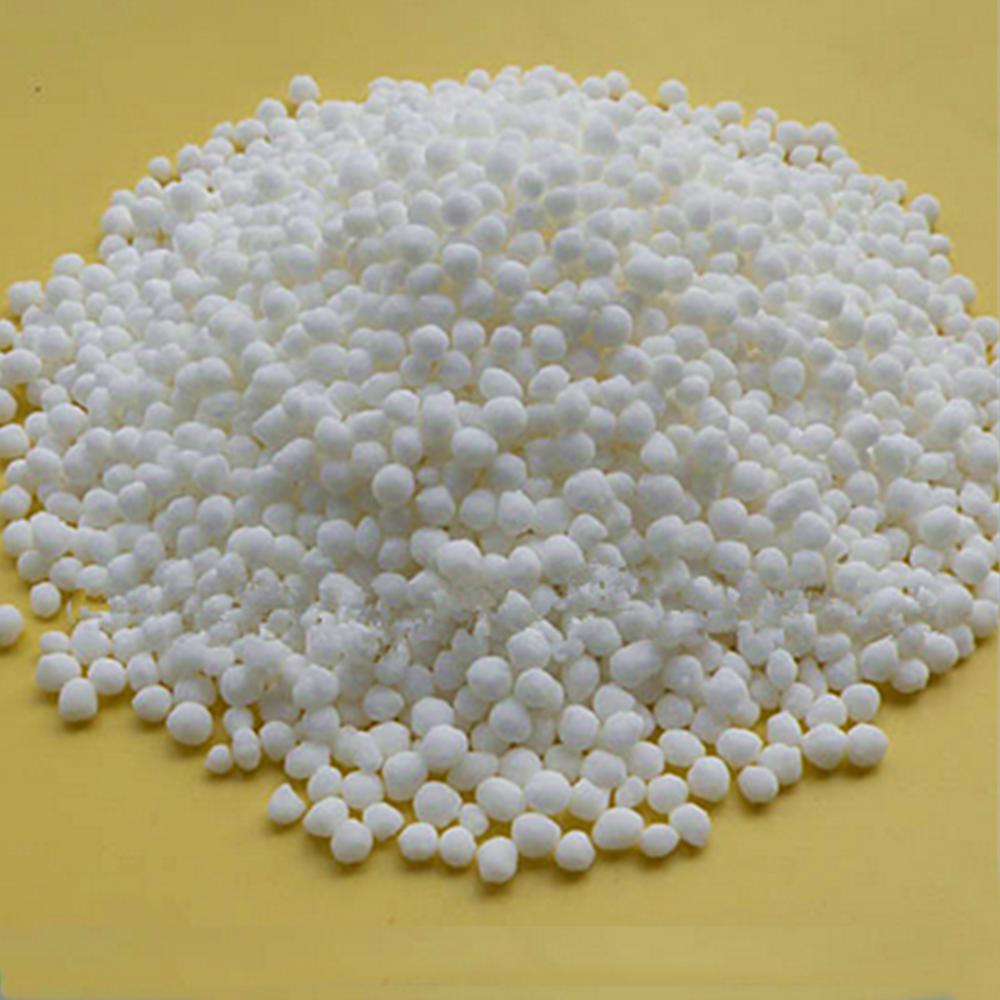



caustic manufacturing process
The Caustic Manufacturing Process An Overview
The caustic manufacturing process is a vital aspect of the chemical industry, primarily involving the production of sodium hydroxide (NaOH), commonly known as caustic soda. This chemical compound is essential in various applications, including pulp and paper production, soap and detergent manufacturing, and the processing of alumina, textiles, and petroleum. Understanding the caustic manufacturing process not only highlights its industrial significance but also sheds light on its environmental and economic implications.
Production Process
The predominant method for producing caustic soda is through the electrolysis of sodium chloride (NaCl) solution, commonly referred to as brine. The process can be broken down into several key steps
1. Brine Preparation Sodium chloride is dissolved in water to create a concentrated brine solution. The purity of the brine is crucial, as impurities can adversely affect the efficiency of the electrolysis process.
2. Electrolysis The electrolysis of brine occurs in electrolytic cells, which can either be mercury cells or membrane cells. In the mercury cell, sodium ions are reduced to form sodium amalgam, while chlorine gas is released at the anode. The amalgam is then reacted with water to produce sodium hydroxide and hydrogen gas. Conversely, membrane cells use a selective membrane that allows sodium ions to pass while preventing the mixing of chlorine and hydroxide ions. This method is increasingly preferred due to its lower environmental impact.
3. Separation and Concentration After electrolysis, the resultant sodium hydroxide solution undergoes a series of purification steps to remove any byproducts and impurities. The concentrated sodium hydroxide can then be neutralized, cooled, and stored for distribution. The end-product is typically available in various forms, including flakes, pellets, and solutions with varying concentrations.
Applications of Caustic Soda
Caustic soda is an essential building block in various industrial processes. One of its primary applications is in the production of pulp and paper, where it is used to soften wood chips and facilitate the extraction of cellulose. In the textile industry, caustic soda is employed in the dyeing process and for the production of synthetic fibers.
caustic manufacturing process

Moreover, caustic soda plays a crucial role in the manufacturing of soap and detergents. It acts as a strong alkaline agent that helps in the saponification process, allowing fats and oils to convert into soap. Additionally, it is utilized in water treatment processes to adjust pH levels and remove heavy metals from wastewater.
Environmental Considerations
Despite its widespread use, the caustic manufacturing process poses environmental challenges. The electrolysis of brine generates chlorine gas, a toxic substance that requires careful handling and management. Furthermore, traditional mercury cells raise concerns about mercury contamination, prompting regulatory measures aimed at reducing or eliminating their use in favor of more environmentally-friendly membrane technology.
In recent years, the demand for sustainable practices has led to advancements in the caustic manufacturing process. Researchers and manufacturers are increasingly focused on minimizing waste, reducing energy consumption, and exploring alternative production methods, such as using renewable resources and innovative catalysts.
Economic Impact
The global market for caustic soda is robust, with applications spanning multiple industries. Economic factors such as supply chain disruptions, feedstock costs, and environmental regulations often impact the pricing and availability of caustic soda. The need for effective management practices and continuous innovation within the manufacturing process remains critical to meeting market demands while adhering to environmental standards.
Conclusion
The caustic manufacturing process is a cornerstone of many industrial applications, providing essential materials that drive economic growth. As industries evolve and the demand for sustainable practices increases, the focus on improving the caustic soda production process is more important than ever. By adopting safer, more efficient methods, the industry can continue to thrive while minimizing its environmental footprint, ensuring a balance between economic viability and sustainability.
-
Why Sodium Persulfate Is Everywhere NowNewsJul.07,2025
-
Why Polyacrylamide Is in High DemandNewsJul.07,2025
-
Understanding Paint Chemicals and Their ApplicationsNewsJul.07,2025
-
Smart Use Of Mining ChemicalsNewsJul.07,2025
-
Practical Uses of Potassium MonopersulfateNewsJul.07,2025
-
Agrochemicals In Real FarmingNewsJul.07,2025
-
Sodium Chlorite Hot UsesNewsJul.01,2025










